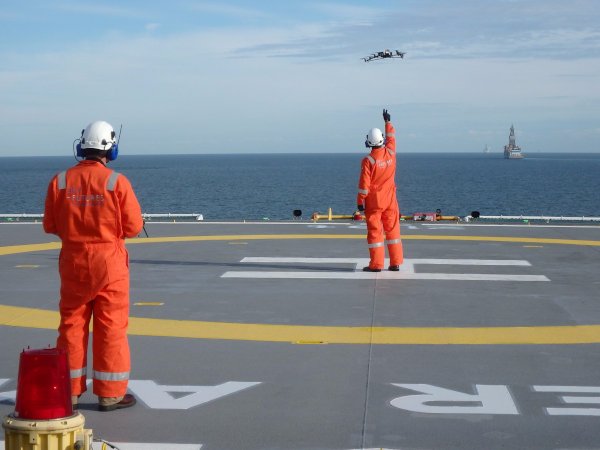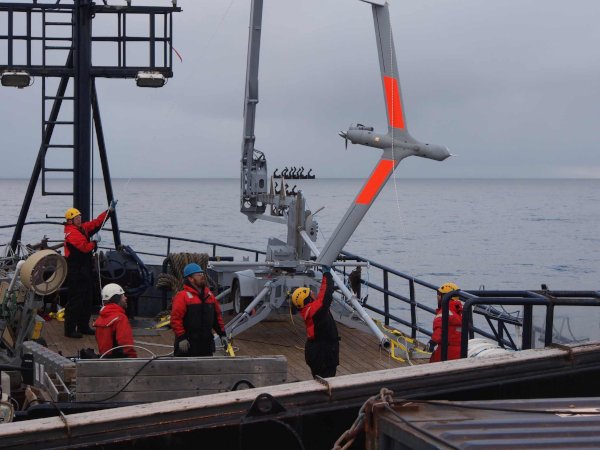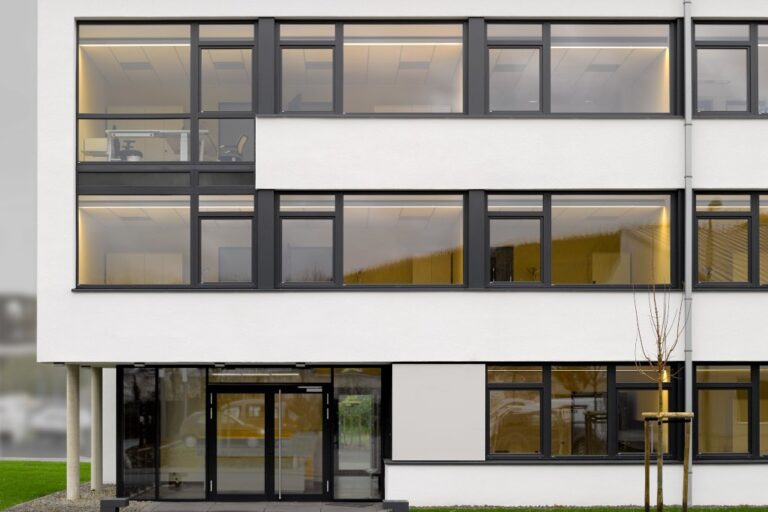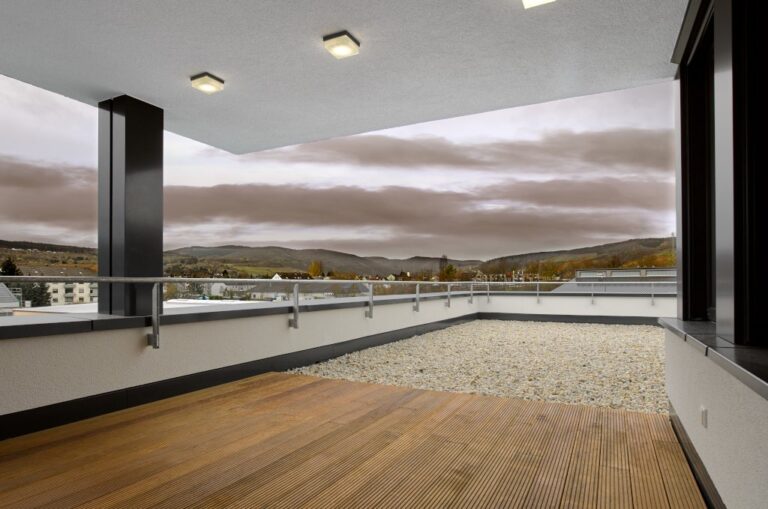Drones provide high hopes for better security
Early warning is key to offshore security
The emergence of sophisticated unmanned aircraft – UAVs (unmanned aerial vehicles) or UAS (unmanned aircraft systems) – advocates the new strong tendency in the security environment: they offer energy companies with another possibility for keeping an eye on security risks while operating in different environments, including the Arctic, Persian Gulf region, or Caspian Sea. As the Federal Aviation Administration (FAA) in the United States develops rules that will govern the use of drones, oil and gas companies around the world plan to procure and utilise unmanned aircraft to increase safety and security of their installations. Meanwhile, there are some examples whereby potential UAV operators are working closely with drone manufacturers to test the unmanned aircraft.
An interesting case is the Silver Fox drone project originally developed by Tucson, Arizona-headquartered Advanced Ceramics Research, Inc. (ACR) and later acquired by BAE Systems (2009) and Sensintel Inc. (2013). The fixed-wing drone is now manufactured and marketed by Raytheon, which purchased the latter company in January 2015. The Silver Fox drone emerged as an enabling technology in a range of military and commercial applications. It can be transported in a small SUV (sport utility vehicle), pick-up truck or Humvee and operated by two people. Requiring only two weeks of training, the Silver Fox is a complete system that is cost-effective and reliable – providing aerial surveillance capabilities. This system can deliver live intelligence using stabilised, gimbal (pivotable) or fixed electro-optic (EO) and infrared (IR) sensors. It allows direct information to be received from each system simultaneously, from different locations, and at varying altitudes. Setting up the Silver Fox system can take as little as 15 minutes, according to Raytheon. Flights can be pre-programmed by touch-screen or executed manually and launched from either land or sea.
UAVs to increase efficiencies, reduce risk
To date, the majority of users operating unmanned aircraft for security reasons are specifically in the mining, energy and oil and gas sector. Many of them are at a crossroads: those companies that identify UAV technology as the great opportunity and prepare themselves to capitalise on it as a security measure will be in a position to prevent costly situations. As in the case of African oil and gas ventures, Saab noted that the security costs associated with running an effective offshore oil business could be immense. According to him, industry and related threats have evolved over years, and with many oil- and gas-rich regions within relatively easy reach of the coastline, security has had to evolve beyond just protecting pipelines used in harvesting the resources. Countries with notable reserves that are currently being explored and exploited include Cote d’Ivoire, Ghana, Kenya, Namibia, Nigeria, Morocco, Mozambique, South Africa, Tanzania and Uganda. Consequently, the protection of personnel on-board rigs and associated sea-going ships against security threats like piracy and kidnapping is vital in this volatile environment.
However, there are many different types of security threats facing the oil industry – oil is not only stolen from pipelines, but from points at every stage of the drilling and transporting process and through the manipulation of meters and shipping documents. This means that the problem is one of organised crime rather than one of opportunistic theft, van den Ende said, and that it is systemic rather than isolated to particular locations. Choosing a security system that offers early warning – like specialised UAVs or drones – to prevent life threatening and costly situations is one effective way to keep control of spiralling costs.
Adding more military personnel or security teams on patrol, or giving them more powerful weapons to protect themselves is not enough of a defence against piracy and kidnapping, according to van den Ende. The key to security risks is therefore early detection and prevention. Adding to the capability of airborne surveillance, a fully integrated warning system such as Saab’s TactiCall can help improve communications with personnel and initiate action immediately when required, thus avoiding damage to property and loss of life caused by unnoticed events.
Conclusion
UAV technology is not new; but, it is a technology that drives commercial industry applications forward, providing companies new opportunities for better security.

Sky Futures is one of a handful companies – including Cyberhawk, PrecisionHawk and SenseFly – finding commercial applications for drones.
(Photo: Sky Futures)

ConocoPhillips Alaska used a Boeing/Insitu ScanEagle UAV in remote Arctic airspace over the Chukchi Sea approximately 120nm (220km) off the coast of Wainwright, Alaska, to obtain and send real-time video and telemetry data to the ground control station on-board the Westward Wind research vessel.
(Photo: ConocoPhillips/Olgoonik Fairweather LLC)





